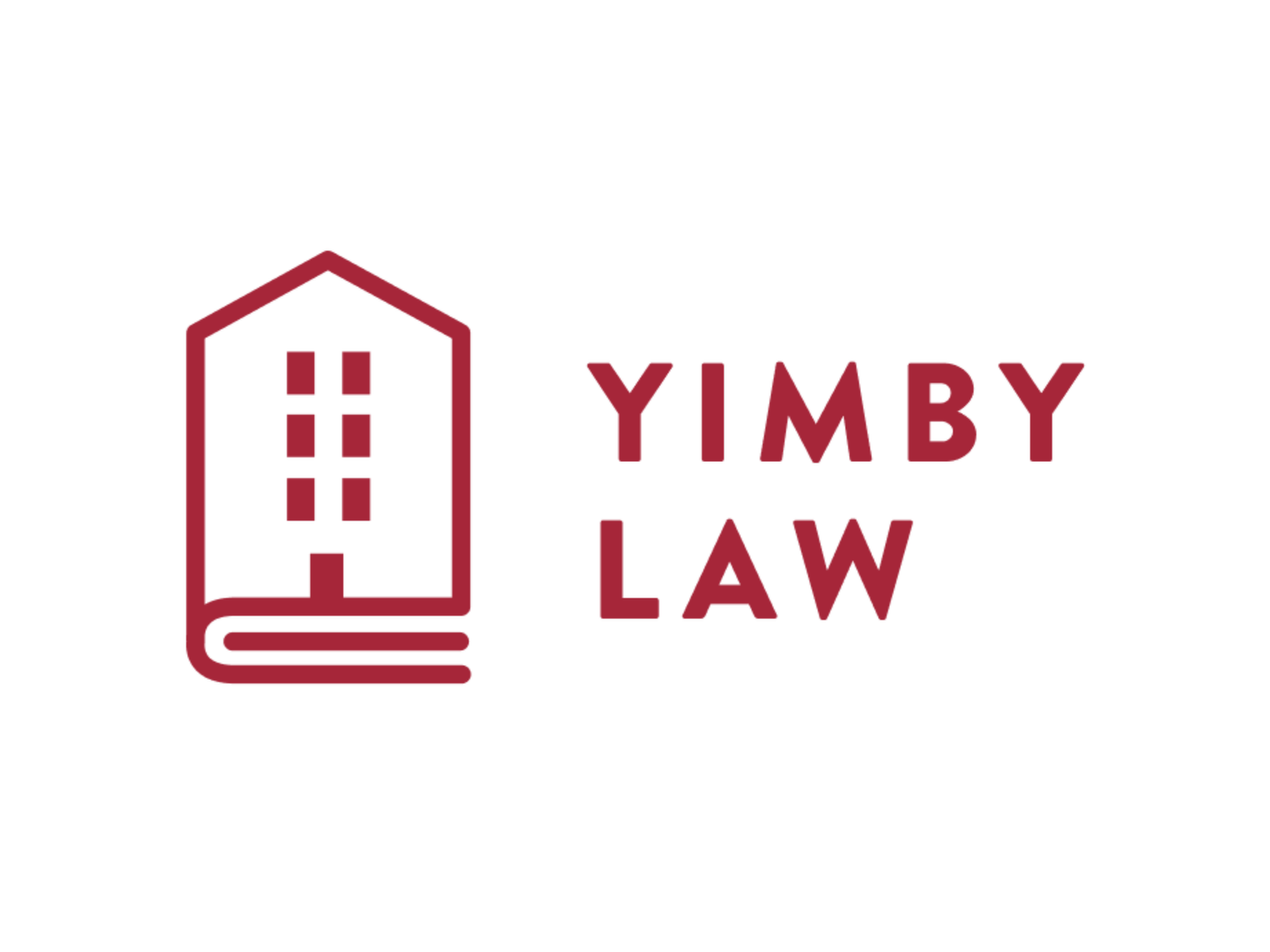18 month vacation from variances, for certain projects in San Francisco.
/On January 22nd, Supervisor Peskin introduced and passed an emergency zoning ordinance that would exempt proposed residential developments that meet certain conditions from variances and height limits. This emergency ordinance lasts 18 months. The zoning change applies in the RC, RM and RTO districts, excluding RTO-M (lots that have form based zoning). Here is a map that shows what lots are affected:
(Map Credit, Robert Fruchtman: https://twitter.com/_fruchtose/status/1347632079777849345/photo/1)
Under the new rule, any project in these districts that doesn’t maximize density has to have a Conditional Use Permit. In addition, any project that doesn’t tear down existing housing, maximizes density and whose units are each less than 2000 sq ft that would ordinarily need a variance to achieve the maximum density, now no longer requires a variance.
Bypassing variances will allow project sponsors to build larger apartment buildings on smaller lots, cover more of the lot, build to the edge of the lot, avoiding commonly required setbacks. It will exempt them from providing private open space and give greater flexibility in choosing what areas apartment windows will look out onto. In short, all of the subjective and aesthetic regulations about building size and location on a lot will be stripped out, leaving only the regulations that protect health and safety.
In addition, based on the text of the law, if a height limit increase would ordinarily be needed to accomodate the maximum density, the proposed project would also automatically get the necessary height increase.
“FURTHER RESOLVED, That if existing lot conditions or form-based restrictions on development (e.g., height, bulk, rear yard requirements) are such that a proposed project cannot maximize density without seeking a variance or subdividing existing units on the lot, and while adhering to the minimum unit size requirements set forth in Planning Code, Section 206.3, Conditional Use Authorization under Planning Code, Section 303 shall not be required if a proposed project increases density on a subject lot, does not include any single unit greater than 2000 square feet in size, and would not be subject to Conditional Use Authorization under any other provision of the Planning Code;”
https://sfgov.legistar.com/View.ashx?M=F&ID=9053989&GUID=3ACFE8AA-FE29-4F76-B542-708B413B061A
This zoning change didn't go through the ordinary process. It wasn't heard before the planning commission, there was no staff report written by the planning department. It had one hearing at the BoS land use committee and then went straight to the Board of Supervisors. We strongly advise property owners to act as soon as possible. When the emergency ordinance expires in 18 months, it is unlikely that it will be extended.
The public comment at the land use subcommittee was almost uniformly negative. Out of about ten commentators, only one spoke in favor. The public commenters, most of them YIMBYs, spoke out against the legislation because although it facilitates building more housing, it does not apply city-wide. Instead, it applies mostly in neighborhoods that are already heavi targeted for development, including the Mission District and Chinatown. YIMBY commentators averred that the fair and progressive way of achieving the goal of the legislation - promoting more multifamily development and discouraging large single family homes - would be to rezone the single family neighborhoods in San Francisco to become multifamily, and to allow this legislation to apply city-wide.


